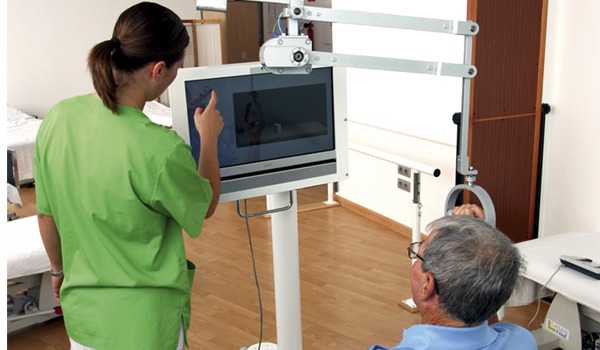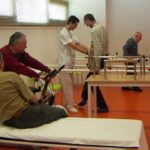Improving daily life after acquired brain injury

Things are not what they were. Life is more difficult and, at the same time, more perfect in solving problems that not too many years ago were perceived as unsolvable. Today everything is more complicated, but at the same time, everything (almost) has a direct or solution, at least, has improved to (almost) all damages incurred.
Speaking of unstoppable progress in the field of medicine and health is unnecessary at this time. However, there are events and situations that are far from finding a final solution when they occur and on all research and development investments are few. Circumstances beyond the extraordinary effort that private and scientific institutions are being developed deserve a much greater interest, not only by national and transnational governments, but of all mankind in general aware of the fragility of our existence locked in a physical body that sometimes breaks.
Indeed, research for better solutions to problems has to be global and, in particular, at the level of each person or team, they have to be dedicated to provide services to facilitate the welfare of others.
Acquired brain injury, for example, is a problem that is becoming more common in a society that lives a complicated life and, in many aspects, unrestrained. According to the Spanish Society of Neurology, every six minutes a stroke occurs in Spain, being the first cause of death in women and second in men. A figure that should suggest the importance that has an effective and adequate assistance may have in a short, medium and long term.
In Casaverde we know that the speed in the processing and an application of a multidisciplinary rehabilitation in patients are the key to improve the present and future lives of those affected, either by trauma or neurological injury.
We believe in a rehabilitation that combines the best efforts from rehabilitation physicians, neurologists, physiotherapists, occupational therapists, speech therapists and neuropsychologists so a perfect coordination of all of them ostensibly an impact on patient welfare.
It seems logic, right? Well, this comprehensive multidisciplinary approach for rehabilitation is possible only with a thorough and careful study of the specific circumstances of each patient. Generic patterns don’t work. And that requires maximum effort from doctors, family and, of course, from the patient. A group of heroes who have to move forward with a project: the future life of the injured.
During this constant research for the best resources and treatments, Casaverde Foundation has been created (5 years ago) with the aim to research and develop advanced rehabilitation techniques, there are different work streams, thanks to the collaboration with Spanish scientific universities, this is starting to show results.
One of the most striking results is the research for the use of robots in the process of physical and neurological rehabilitation called, AUPA. This project is realized by Casaverde Foundation in collaboration with the Institute of Bioengineering from the University Miguel Hernández of Elche, for the past three years.
AUPA robot performs the functions of rehabilitation “learning” from directives, precision and sensitivity of the therapist and “adapting” to specific circumstances of each patient, so that each treatment is customized. But it goes further. The use of this technique given by the robot, which can be used lying or sitting, is complemented by a virtual reality projection in front of the patient and where they can see in real time how they influence their movements in different scenarios, generating a high rate motivation and adherence.
As mentioned before, this is an additional piece in a multi-disciplinary system, not closed, incorporating techniques and treatments that will help the welfare from our patients.
Challenge is there and we should all be aware of the enormous need to count on professionals, advanced techniques and reference centers to palliate possible damages that these traumas can cause permanently in any life.

